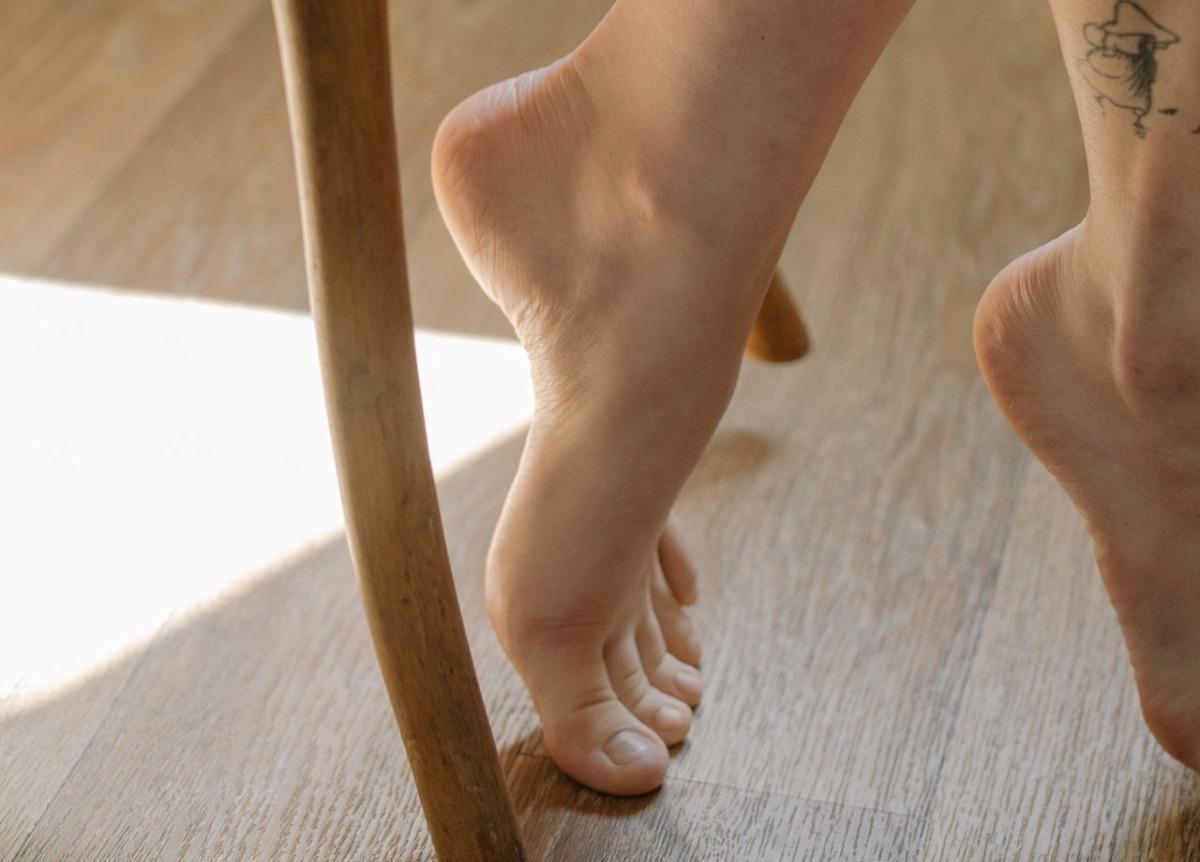Tackle Plantar Fasciitis: Causes, Symptoms, and Effective Treatments
posted: Sep. 19, 2023.

Plantar fasciitis, a prevalent cause of heel pain, affects countless individuals worldwide and can significantly impact daily activities, comfort, and mobility. This condition occurs due to inflammation of the plantar fascia ligament, which connects the heel bone to the toes. As a consequence, those experiencing plantar fasciitis often endure sharp, stabbing pain in the heel, particularly after long periods of rest or upon waking up in the morning. With the professional insight of Sheldon Nadal D.P.M, a Toronto-based podiatrist, identifying, managing, and overcoming plantar fasciitis can be an achievable process.
Various factors contribute to the development of plantar fasciitis, including long periods of standing, frequent high-impact activities, and improper footwear. Additionally, certain individuals may be more susceptible to developing plantar fasciitis due to underlying factors such as obesity, flat feet, or high arches. Understanding the root causes behind this condition is crucial in formulating appropriate treatment strategies and addressing potential risk factors.
In this blog post, we will explore the causes and symptoms of plantar fasciitis, alongside the various treatment approaches available with Sheldon Nadal D.P.M. Equipped with expert guidance and personalized care, managing plantar fasciitis—restoring comfort, and regaining mobility—becomes an achievable goal.
Understanding Plantar Fasciitis: Causes and Risk Factors
1. Prolonged Standing:
Individuals who spend considerable time standing or walking on hard surfaces, such as concrete or tile, may be at an increased risk of developing plantar fasciitis due to the excessive stress placed on the plantar fascia ligament.
2. High-Impact Activities:
Engaging in high-impact exercises, such as running or jumping, can potentially lead to plantar fasciitis as they exert substantial stress on the ligament. Additionally, inadequate footwear during such activities can exacerbate this risk.
3. Foot Structure and Biomechanics:
Inherent foot characteristics, such as flat feet, high arches, or overpronation, can increase the likelihood of plantar fasciitis as they create imbalances and strain on the plantar fascia ligament.
4. Excess Weight:
Carrying extra weight can place excessive stress on the plantar fascia, making obese or overweight individuals more susceptible to develop plantar fasciitis.
Recognizing the Symptoms of Plantar Fasciitis
1. Heel Pain:
The most prominent symptom of plantar fasciitis is a sharp, stabbing pain in the heel, often occurring when taking the first steps after waking up or after long periods of rest.
2. Gradual Onset:
The pain associated with plantar fasciitis typically develops gradually, worsening over time if left unaddressed.
3. Pain After Activity:
While plantar fasciitis pain may improve with activity, it often returns after completing exercises, especially if done on hard surfaces or without proper footwear.
4. Tender to Touch:
The affected heel is often tender to touch, particularly near the arch of the foot.
Effective Treatment Approaches with Sheldon Nadal D.P.M
1. Customized Orthotics:
Sheldon Nadal D.P.M can provide tailored orthotic devices designed to address your specific foot biomechanics, helping to alleviate stress on the plantar fascia and provide relief from plantar fasciitis discomfort.
2. Appropriate Footwear:
Investing in properly fitting and supportive footwear is crucial in managing plantar fasciitis. Shoes with good arch support, ample cushioning, and a slightly raised heel can significantly reduce stress on the plantar fascia and promote recovery.
3. Stretching and Strengthening Exercises:
Sheldon Nadal D.P.M can recommend specific stretching and strengthening exercises intended to increase flexibility, improve muscle strength, and reduce strain on the plantar fascia ligament.
4. Physical Therapy:
In some cases, Sheldon Nadal D.P.M may refer patients to a physical therapist for specialized treatment, including manual therapy, as part of a comprehensive approach to plantar fasciitis management.
Alternative Therapies and Advanced Treatment Options
1. Night Splints:
Sheldon Nadal D.P.M may recommend the usage of night splints to help stretch the plantar fascia and maintain proper ankle and foot positioning during sleep, ultimately reducing discomfort.
2. Extracorporeal Shock Wave Therapy (ESWT):
For more persistent cases of plantar fasciitis, Sheldon Nadal D.P.M might suggest ESWT – a non-invasive procedure that delivers focused shock waves to the affected area, promoting healing and pain relief.
3. Platelet-Rich Plasma (PRP) Injections:
By injecting PRP – a concentrated source of growth factors derived from your blood – into the affected area, Sheldon Nadal D.P.M can promote healing and alleviate pain resulting from plantar fasciitis.
4. Surgical Intervention:
Surgery is generally reserved for plantar fasciitis cases that haven't responded well to conventional treatments. Sheldon Nadal D.P.M is experienced in performing a variety of foot and ankle surgeries and can assess potential surgical options if necessary.
Preventing Plantar Fasciitis Recurrence
1. Maintain a Healthy Weight:
Reducing excess weight can significantly lessen the pressure on your plantar fascia, ultimately preventing potential recurrence of plantar fasciitis.
2. Choose Supportive Footwear:
Invest in footwear with ample arch support and cushioning, and reserve high-impact activities for athletic shoes specifically designed to absorb shock and provide stability.
3. Prioritize Stretching:
Incorporate regular stretching and strengthening exercises into your daily routine to maintain flexibility and strength in your feet and lower legs, preventing strain on the plantar fascia.
4. Monitor Your Progress:
By scheduling regular check-ups with Sheldon Nadal D.P.M, you can keep track of your progress and address any concerns before they develop into more significant issues.
Conclusion
Plantar fasciitis can be a painful, limiting experience, but with the expert guidance of Sheldon Nadal D.P.M, you can navigate this condition successfully and restore comfort to your daily life. Understanding the causes, symptoms, and available treatment options for plantar fasciitis is essential in effectively managing this condition and preventing its recurrence. Partner with Sheldon Nadal D.P.M for plantar fasciitis treatment in Toronto!